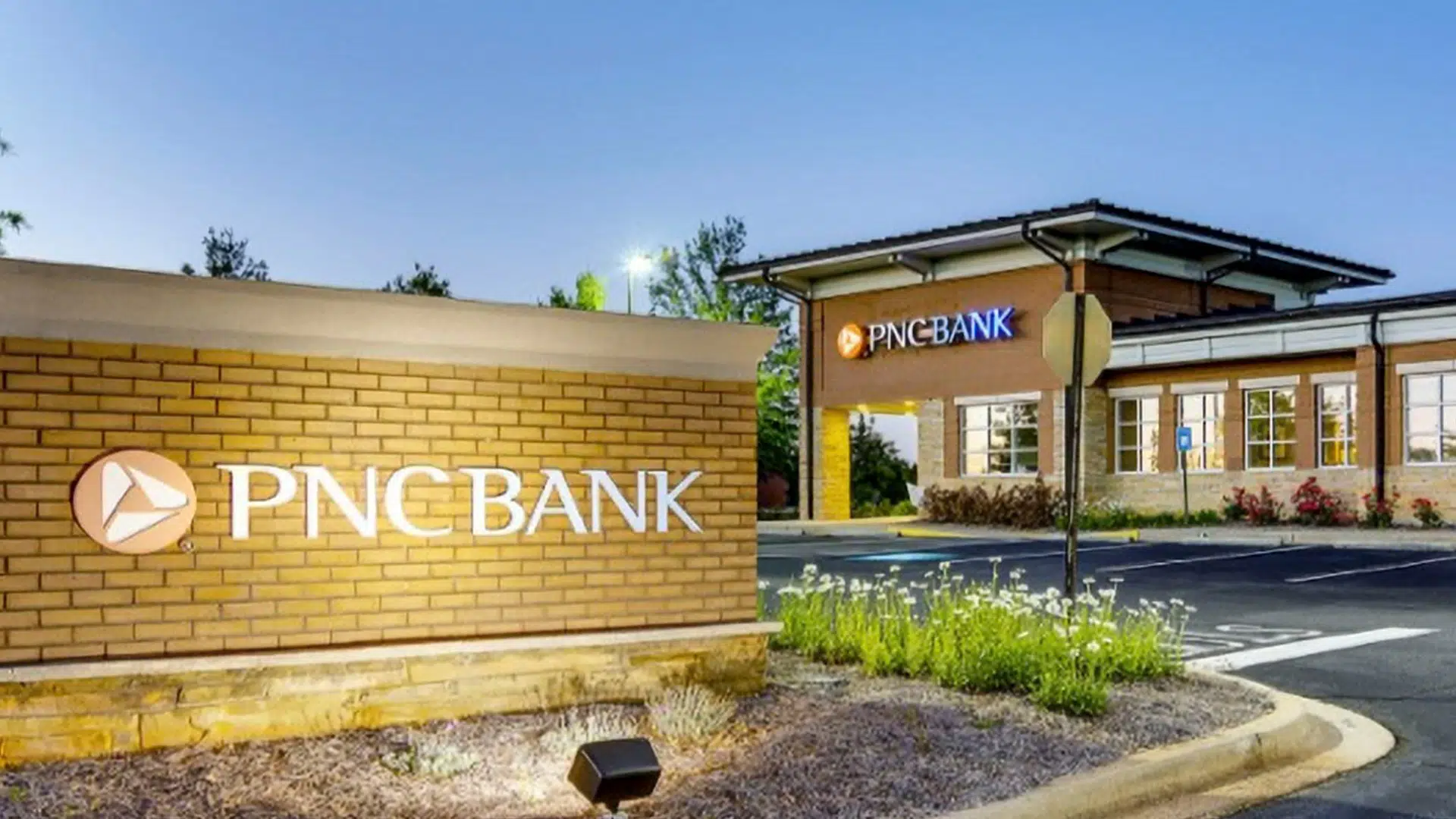As the legal cannabis industry continues its rapid expansion across the United States, financial institutions face a complex yet potentially lucrative opportunity. Despite ongoing federal restrictions, banks and lenders are increasingly exploring ways to provide services to cannabis-related businesses (CRBs) while maintaining compliance with evolving regulatory expectations.
Cannabis banking attorney, Chris Van Dyck of Cogent Law in DC, offers valuable insights into the financial prospects and challenges banks must navigate in this space.
The Banking Gap in the Cannabis Industry
According to Van Dyck, one of the most significant barriers facing CRBs is access to traditional banking services. Many financial institutions remain hesitant to engage with cannabis businesses due to federal illegality and associated compliance concerns. Van Dyck notes that while some regional banks and credit unions have cautiously entered the market, major financial players remain on the sidelines.
“A majority of CRBs still operate on a cash-only basis, which presents security risks and inefficiencies. The lack of access to banking services hinders their ability to scale and develop financial credibility,” Van Dyck explains.
This banking gap has created an opening for forward-thinking institutions willing to navigate the regulatory landscape with robust compliance programs. He emphasizes that banks willing to invest in cannabis compliance frameworks today may gain a competitive edge as the legal environment shifts.
Regulatory Challenges and Compliance Considerations
For banks interested in servicing CRBs, Van Dyck notes that compliance with the following is paramount:
- The Bank Secrecy Act (BSA)
- Anti-money laundering (AML) regulations
- FinCEN guidelines
In providing counsel to this specialized line of business, however, he emphasizes an upside to the watchdog presence: While these regulations can create additional hurdles, they also provide a framework for banks to mitigate their risks.
“Cannabis banking compliance is not insurmountable,” he observes. “But it requires diligence. Institutions must conduct thorough due diligence, implement enhanced monitoring systems, and ensure ongoing regulatory reporting.”
A particular challenge is that much of the regulatory guidance for cannabis banking is less formal and subject to change. Van Dyck highlights that financial institutions must stay ahead of regulatory expectations, which are often shaped by examiner expectations rather than explicit legal mandates.
“Regulators impose new expectations over time, and while some best practices become industry standards, they are rarely codified in official regulations,” he says. “This makes experience and industry awareness crucial for financial institutions entering the cannabis space.”
The Untapped Market of Cannabis Business Lending
Beyond basic banking services, lending to CRBs presents another untapped financial opportunity. With cannabis sales projected to exceed $50 billion in 2025, businesses require capital for expansion, equipment financing, and real estate investments. Traditional lending models, however, remain scarce, owing to federal prohibition and concerns over asset forfeiture.
“Lenders who structure loans carefully—often through secured assets such as real estate—can minimize risk while tapping into a high-growth industry,” Van Dyck counsels. “We’ve seen some private lenders and specialized financial firms stepping in where traditional banks have been hesitant.”
Financial institutions specializing in agricultural lending may find cannabis businesses to be a natural extension of their portfolios. “Cultivation facilities, in particular, require financing similar to traditional agribusinesses, but with enhanced due diligence due to federal restrictions,” he notes.
Risk Management in Cannabis Banking Success
Van Dyck underscores that managing risk effectively is crucial for any bank considering cannabis-related banking. He categorizes risk into three primary areas:
1. Cannabis Banking Regulatory and Compliance Risks
The most significant concern: An inadequate compliance program can lead to severe regulatory scrutiny, increased examination frequency, and potential enforcement actions.
2. Reputational Risks of Cannabis Banking for Financial Institutions
While cannabis banking has lost much of its stigma, financial institutions must carefully assess whether their brand aligns with this industry. “The real risk is starting a cannabis banking program and then pulling out, leaving businesses stranded and potentially facing backlash,” Van Dyck warns.
3. Legal Risks Associated with Cannabis Banking
While federal laws technically make cannabis banking a legal gray area, no financial institution has been prosecuted for engaging in compliant cannabis banking. “The likelihood of prosecution is minimal, but banks must still take necessary precautions to ensure compliance,” Van Dyck advises.
Cannabis Banking Opportunities for Financial Institutions
Despite the current challenges, momentum is building toward broader financial inclusion for CRBs. More states are legalizing cannabis for medical and recreational use, and federal reform efforts continue to gain traction. For banks, this presents both a challenge and an opportunity: Those who invest in compliance expertise today may gain an early-mover advantage in an evolving financial landscape.
“The key for financial institutions is to stay informed and be adaptable. Whether or not federal legalization happens soon, the demand for financial services in this space isn’t going away,” Van Dyck concludes.
Strategic Entry into Cannabis Banking
Van Dyck recommends that financial institutions looking to enter the cannabis banking space consider a phased approach, starting with a limited rollout to test compliance measures before scaling up. “Soft launches allow banks to refine their processes and ensure they meet regulatory expectations before fully committing to a broader cannabis banking program,” he advises.
In addition, Van Dyck stresses the importance of long-term commitment. “Banks should avoid entering the cannabis space only to exit six months later due to revenue concerns. Stability is crucial for both the bank and its clients.”
Training is another essential component. “Many banks underestimate the level of specialized knowledge required. Internal compliance teams, branch staff, and executives all need cannabis-specific banking training to navigate this sector successfully.”
Banking’s New Frontier: Engaging with the Expanding Cannabis Market
For banking professionals assessing this emerging market, understanding regulatory risks, developing robust compliance programs, and exploring lending opportunities could position them to serve a rapidly growing sector while ensuring financial and legal security.
Van Dyck’s insights into this specialized industry make one thing clear: Cannabis banking is not just a possibility—it’s an opportunity for institutions willing to do the necessary groundwork.




















